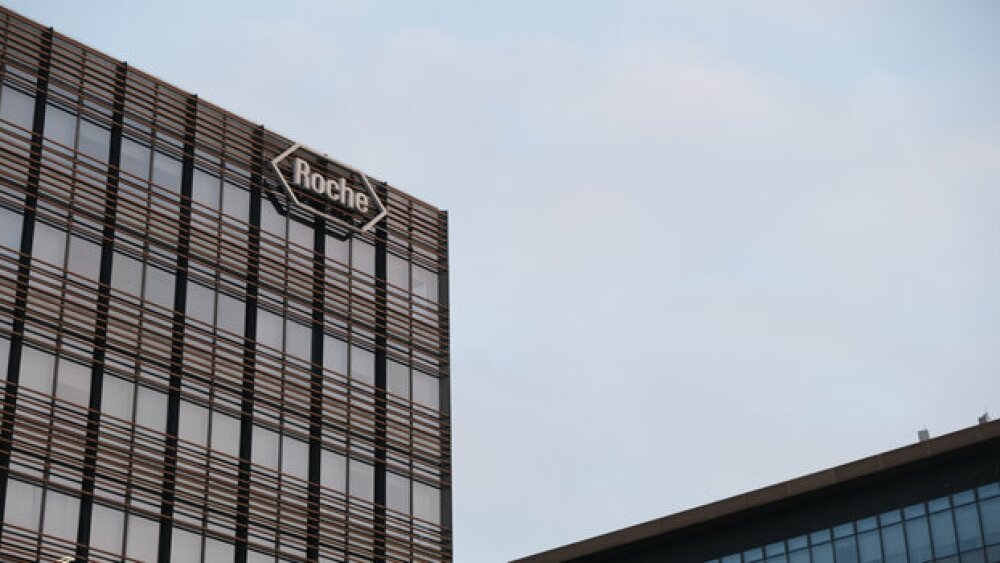A look at whether the new tax reform will really spur a M&A spending spree for drugmakers.
This opinion piece presents the opinions of the author. It does not necessarily reflect the views of BioSpace.
2017 turned out to be a pretty great year for biotech investors. So great, in fact, that it’s easy to forget the many pitfalls investors faced as they moved through the calendar. There were, of course, a number of scares about drug price controls following inflammatory comments from president Trump. There was a tax reform bill that had companies holding their collective breath. But perhaps most significantly, there was precious little M&A.
How little? It was the leanest year since 2013. According to a fairly generous reckoning from The Pharma Letter, there were 101 deals, down from 166 in 2015. And there were only 14 deals worth $1 billion or more.
Considering that, 2018 is off to a promising start. In just the first part of January, Celgene has offered up $7 billion to buy Impact Biomedicines and Novo Nordisk has sought to buy Ablynx for $3.1 billion (although the offer was rejected). And although it falls short of the $1 billion mark, Takeda’s $630 million offer for TiGenix is also significant. Now there are serious rumors flying that Celgene may also be mulling a $10 billion bid for Juno Therapeutics.
These announcements are likely just the kickoff for what should be a very active 2018. In an EY survey conducted last October, 60% of life science executives said they planned to pursue M&A in the coming year. A slow 2017 points to pent up demand, while tax reform means that large, profitable companies are seeing a windfall in profits and a chance to put overseas cash to work.
Eli Lilly, for instance, has said it plans to repatriate about $9 billion in cash over the next few years. CFO Josh Smiley has said he hopes to use at least some of that for M&A that will build out the company’s pipeline, according to Business Insider. Amgen has hinted that it will use its overseas cash horde—over $34 billion--to make acquisitions.
It’s certainly telling that of the 30 S&P 500 companies with the most overseas cash, 12 of them are in the biopharma sector. Moreover, biopharma companies, more so than even tech companies, typically keep substantially all their cash overseas. Bringing it home is going to mean some big changes. Euro-rich companies like Amgen, Gilead, Lilly, J&J, Pfizer, Bristol-Myers Squibb, AbbVie, Merck Celgene, Biogen, and even Alexion are likely to consider shopping sprees.
That could mean that the biotech rally that started gaining steam last year is only in its first innings.
Look back to the last big biotech rally that ran from 2013 to mid-2015, and you’ll see it was fueled to a significant degree by real or anticipated M&A. In just 2015 that included AbbVie-Pharmacyclics, Alexion-Synagenva, Shire-NPS Pharmaceuticals, Shire-Dyax, Celgene-Receptos, and many many more.
It was capped off by what was billed as the biggest pharma deal in history, Pfizer’s $160 billion buyout of Allergan. That turned out to be a deal that never happened, and that massive fizzle symbolically set the tone for 2016.
Now, with healthcare reform (and drug price reform) pretty much off the table and the potential for a bumper crop of M&A deals taking shape, there could be some exciting times ahead. Invest wisely.





